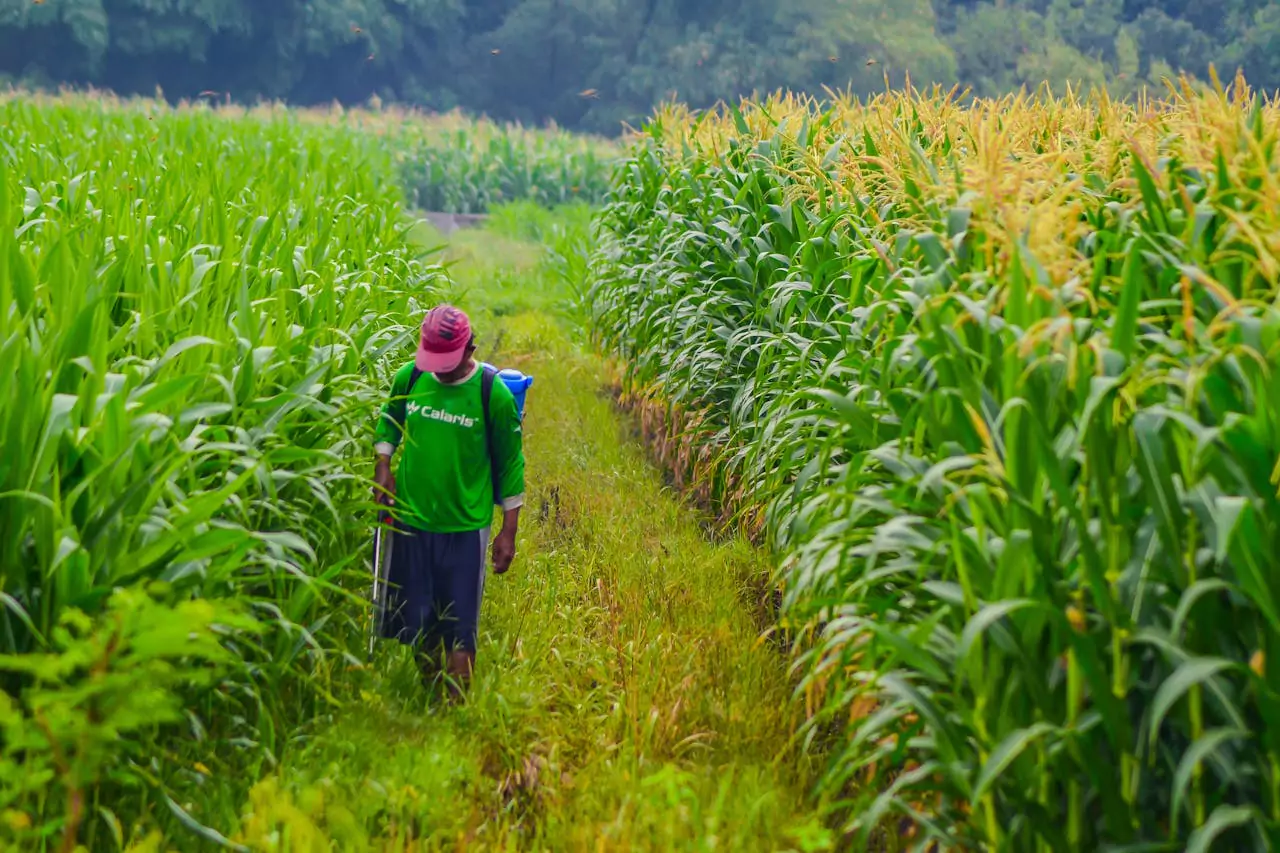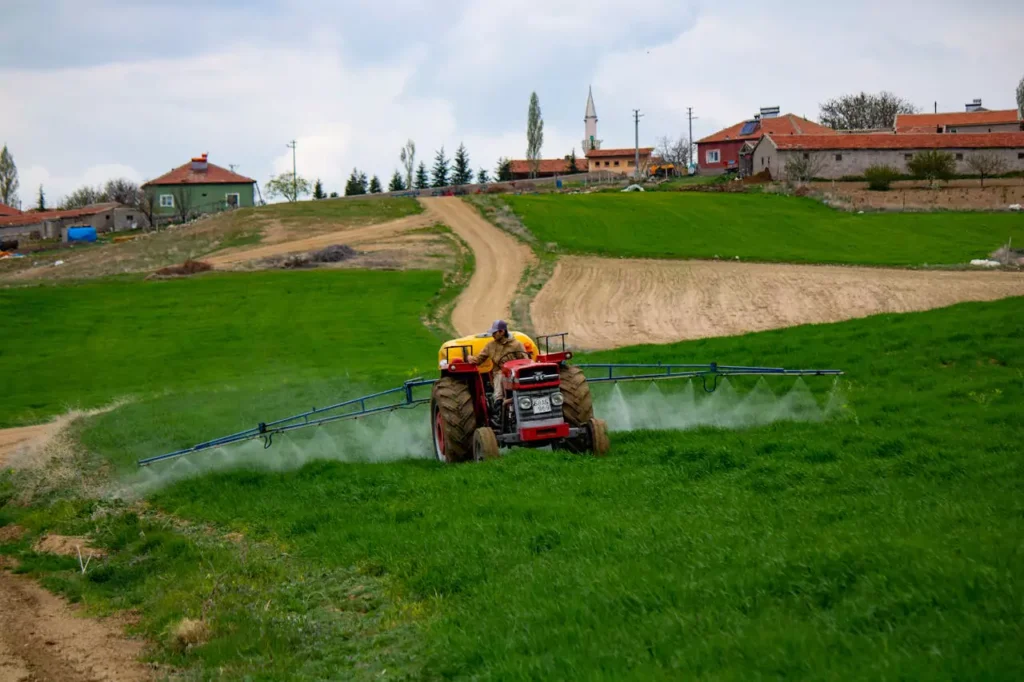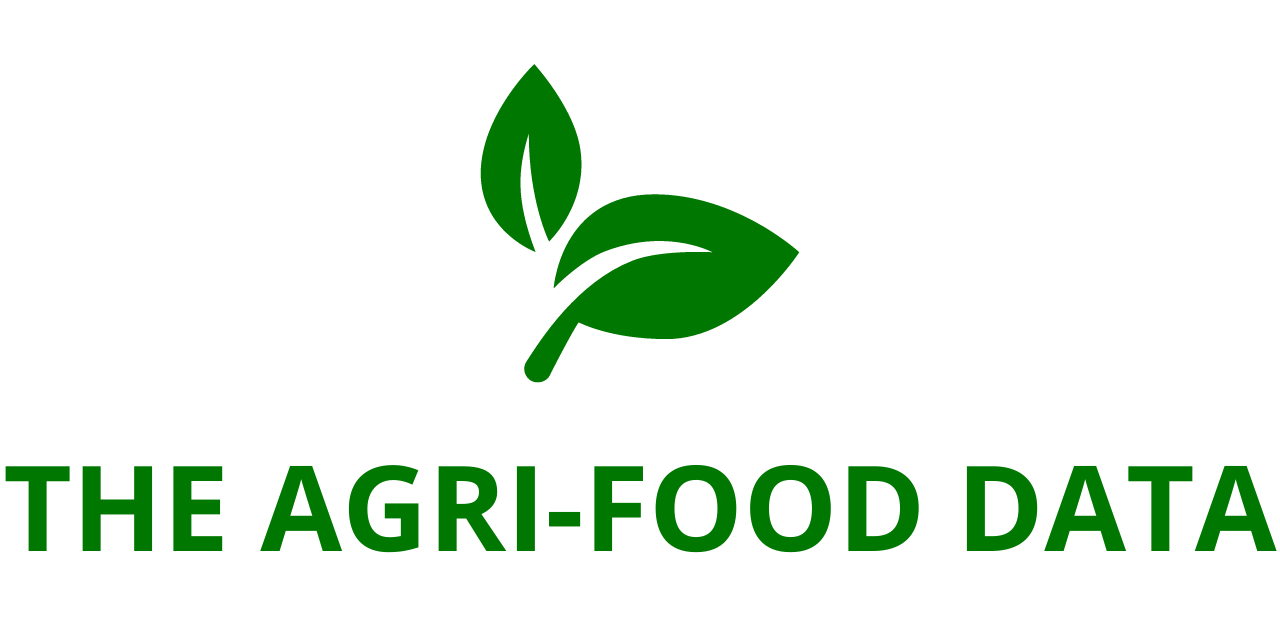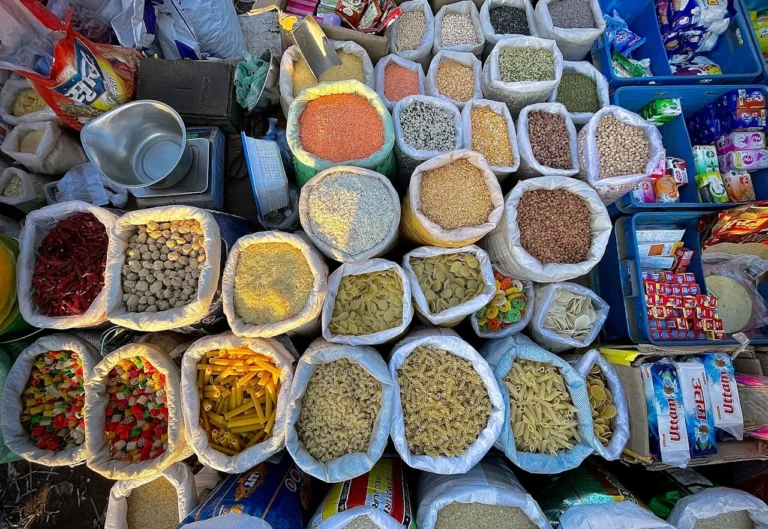
The global agricultural pesticides market is poised for significant growth over the next five years, with projections estimating an increase of USD 24.62 billion from 2025 to 2029. The market is expected to experience steady growth at a compound annual growth rate (CAGR) exceeding 4.1% throughout the forecast period. According to market research conducted by Technavio, the agricultural pesticides sector is highly fragmented, with numerous players striving to establish strong partnerships across various industries, including automotive, industrial, and commercial sectors, to maintain a competitive edge.
Key Players in the Agricultural Pesticides Market
The agricultural pesticides industry is characterized by the presence of several key market participants. Major players in this space include ADAMA Ltd., BASF SE, Bayer AG, Corteva Inc., Cropnosys India Pvt. Ltd., FMC Corp., Isagro Spa, NACL Industries Ltd., Nantong Jiangshan Agrochemical and Chemicals Ltd. Liability Co., Novozymes AS, Nufarm Ltd., Shandong Weifang Rainbow Chemical Co. Ltd., Sichuan Fuhua Agricultural Investment Group, Sinochem Group Co. Ltd., Sumitomo Chemical Co. Ltd., Syngenta Crop Protection AG, UPL Ltd., Wynca Group, and Zuari Agro Chemicals Ltd. These companies contribute significantly to the development, production, and distribution of pesticides used in agricultural practices worldwide.
The market analysis conducted by Technavio employs an extensive research methodology involving the study, synthesis, and summation of data from multiple sources to provide an accurate and holistic view of market trends. The comprehensive agricultural pesticides market report covers a variety of critical aspects, including:
- Market Size and Growth Forecasts
- Industry Trends and Dynamics
- Porter’s Five Forces Analysis
- Customer Landscape and Buyer Preferences
Market Fragmentation and Growth Opportunities
The agricultural pesticides market is fragmented, and this degree of fragmentation is expected to increase in the coming years. The increasing use of herbicides is one of the major drivers of market expansion, as farmers seek effective solutions for weed management. Additionally, the growing adoption of bio-based pesticides in response to stringent environmental regulations is creating new opportunities for industry participants. However, regulatory challenges and evolving compliance requirements may hinder market growth in certain regions.
Drivers of the Agricultural Pesticides Market (2025-2029)
The demand for agricultural pesticides is driven by several factors, including the increasing use of synthetic chemicals such as chlorinated hydrocarbons and organic phosphates to protect crops from pests, fungi, and weeds. Key factors influencing market expansion include:
- Farming Area Expansion: The global rise in agricultural land use to meet food demand is fueling pesticide adoption.
- Infrastructure Development: Advances in irrigation systems and farming technologies contribute to pesticide demand.
- Increased Agricultural Productivity Needs: Farmers seek effective solutions to enhance crop yield and protect against pests and diseases.
- Rising Demand for Organic Food: While synthetic pesticides dominate the market, there is a growing shift towards organic alternatives due to consumer preferences for chemical-free produce.
- Advancements in Nanotechnology: Innovations in nano-based pesticides offer more efficient and eco-friendly solutions for pest control.
- Regulatory Landscape: Stringent laws governing pesticide usage influence market trends, particularly in Europe and North America.
Challenges Facing the Agricultural Pesticides Market
Despite positive growth projections, the agricultural pesticides industry faces several challenges that must be addressed for sustained market expansion. Some of the key challenges include:
- Regulatory Constraints: Governments worldwide are implementing stricter regulations regarding pesticide usage, residue limits, and environmental impact assessments.
- Health and Environmental Concerns: The harmful effects of chemical pesticides on human health, water sources, and biodiversity are prompting a shift toward sustainable alternatives.
- Pesticide Resistance: The emergence of resistant pests and weeds necessitates continuous innovation in pesticide formulation.
- Climate Change Effects: Unpredictable weather patterns, droughts, and changing temperatures impact pest infestations and pesticide effectiveness.
- High Research and Development Costs: Companies must invest heavily in R&D to develop new pesticide formulations that comply with evolving regulations and meet consumer expectations.
Market Segmentation Overview
The agricultural pesticides market is segmented based on type, product category, and geography.
By Type:
- Herbicides: Used to control unwanted plants and weeds that compete with crops.
- Insecticides: Target harmful insects that damage crops.
- Fungicides and Bactericides: Protect plants from fungal and bacterial infections.
- Others: Include a variety of pest control agents, such as nematicides and molluscicides.
By Product:
- Synthetic Pesticides: Comprise conventional chemical-based pesticides.
- Biopesticides: Environmentally friendly pesticides derived from natural materials such as plants, bacteria, and certain minerals.

By Geography:
- Asia-Pacific (APAC): Expected to witness the highest growth due to increasing agricultural activities and government support for farming.
- South America: Significant expansion driven by large-scale commercial farming in countries like Brazil and Argentina.
- Europe: Regulatory restrictions are pushing the demand for biopesticides and organic farming solutions.
- North America: High adoption of precision farming technologies is influencing pesticide consumption trends.
- Middle East & Africa: Steady growth due to rising demand for food security initiatives.
Herbicides: The Leading Segment
Herbicides play a crucial role in modern agriculture by helping farmers protect crops from weeds. The demand for herbicides is increasing as farmers seek cost-effective solutions to manage weed growth and enhance yield productivity. Additionally, the adoption of genetically modified (GM) crops that are resistant to certain herbicides is influencing market expansion. Companies in the agricultural pesticides industry continue to develop advanced herbicide formulations that are both effective and environmentally sustainable.
Future Trends and Market Outlook (2025-2029)
The agricultural pesticides market is expected to undergo significant transformations in the coming years. Several emerging trends are likely to shape the future of the industry, including:
- Growing Investment in Biopesticides: As consumers and governments demand environmentally friendly solutions, companies are increasing investments in biopesticide research and production.
- Precision Agriculture and Smart Pest Management: The use of AI-powered technologies, drones, and IoT-enabled sensors for targeted pesticide application is gaining traction.
- Sustainable Agricultural Practices: The adoption of integrated pest management (IPM) strategies is promoting responsible pesticide use.
- Expansion of Organic Farming: Rising consumer demand for organic produce is influencing pesticide manufacturers to innovate in the bio-based segment.
- Strategic Mergers and Acquisitions: Companies are engaging in partnerships and acquisitions to strengthen their market position and expand product portfolios.
Key Takeaways
- The agricultural pesticides market is projected to grow by USD 24.62 billion from 2025 to 2029, at a CAGR of over 4.1%.
- Market fragmentation is expected to increase, with strong competition among key industry players.
- Herbicides remain the dominant segment, driven by increasing demand for weed control solutions.
- The shift toward biopesticides and sustainable agricultural practices will influence future market trends.
- Stringent regulations, environmental concerns, and pesticide resistance pose challenges to market growth.
- Geographically, APAC will witness the highest growth, while North America and Europe will see increased adoption of sustainable pesticide alternatives.





